In Romania, the communist regime imposed heavy censorship on almost all elements of life and they used the cultural world as a means to better control the population. The freedom of expression was constantly restricted in various ways: the Sovietization period was an attempt at building up a new cultural identity on the basis of socialist realism and lending legitimacy to the new order by rejecting traditional values. Two currents appeared: one that glorified the regime and another that tried to avoid censorship. The first is of almost no lasting cultural value, but the second managed to create valuable works, successfully avoiding censorship and being very well received by the general public. From this period the most outstanding personalities are those of: the writer Marin Preda, the poets Nichita St?nescu and Marin Sorescu, and the literary critics Nicolae Manolescu and Eugen Simion. Most dissidents who chose not to emigrate lived a life closely watched by the regime, either in “house arrest” or in “forced domicile”; some chose to retreat to remote monasteries. Most of their work was published after the 1989 Revolution. Among the most notable examples are the philosophers Constantin Noica, Petre ?u?ea and Nicolae Steinhardt.
There was a chasm between the official, communist culture and genuine culture. On the one hand, against the authorities intentions, the outstanding works were perceived as a realm of moral truths and the significant representatives of genuine cultural achievement were held in very high esteem by the public opinion. On the other hand, the slogans disseminated nationwide through the forms of official culture helped spread simplistic views, pseudo-truths which were relatively successful among some ranks of the population. The tension between these two directions can still be perceived at the level of society as a whole.
Culture inside communist Romania
A strong editorial activity took place during the Communist regime. With the purpose of educating the “large masses” of peoples, a huge number of books were published. Large-scale editing houses such as Cartea Româneasc?, Editura Eminescu and others appeared, which published huge collections of books, such as the Biblioteca pentru To?i (“The Library for Everyone”) with over 5,000 titles. Generally, a book was never published in an edition of less than 50,000 copies. Libraries appeared in every village and almost all were kept up to date with the newest books published. Also, due to low prices, almost everyone could afford to have their own collection of books at home. The negative part was that all the books were heavily censored, and usually sought to promote Communist ideals. Also, due to rationing in every aspect of life, the quality of the printing and the paper also was very low, and the books therefore degraded easily.
During this period, there was a significant increase in the number of theatres, as they appeared even in the smallest towns. Many new establishments were built and in the big cities they became important landmarks, such as the building of the National Theatre of Bucharest, situated right in the middle of the city, immediately adjacent to Romania’s kilometre zero. In the smaller towns, there existed the so-called “Worker’s Theatre”, a semi-professional institution. Partly due to the lack of other entertainment venues, theatre was highly popular and the number of actors increased. All of the theatres had a stable, state-funded budget. Again, however, the drawback was the heavy control imposed on them by the regime: censorship was ever-present and only ideologically-accepted plays were allowed. More progressive theatres managed to survive in some remote cities that became favorite destinations for young actors, but they generally had only a local audience.
Cinemas evolved the same way as the theatres; sometimes the same establishment served both purposes. Movies were very popular, and from the 1960s, foreign films started becoming quite widespread. Western films, when shown, were heavily censored: entire sections were cut, and dialogue was translated only using ideologically accepted words. Domestic or “friendly” foreign productions constituted the bulk of films in cinemas. During this period, cinematography started to develop in Romania and the first successful short films were made based on Caragiale’s plays. Financed by the government, during the 1960s, a whole industry developed at Buftea, a town close to Bucharest, and some films, especially gangster, Western-genre and historical movies were very well received by the public. The most prolific director was Sergiu Nicolaescu, and probably the most-acclaimed actor from that period was Amza Pellea.
Romanians in exile
A consequence of the communist attitude towards the elites in general, was the creation, for the first time in Romania’s history, of a diaspora. Three individuals emerged as the most important Romanians abroad: playwright Eugen Ionescu (1909–1994) (who became known in France as Eugène Ionesco), creator of the Theatre of the Absurd and eventual member of the Académie française; religious historian and writer Mircea Eliade(1907–1986); and the essayist and philosopher Emil Cioran (1911–1996), the greatest French-writing master of style after Pascal. Fellow Romanian Ioan Petre Culianu continued Eliade’s work with great success, in the United States. Another member of the diaspora who distinguished himself was the philosopher and logician Stephane Lupasco. The communist rule in Romania, unlike most of the other countries of the Eastern bloc, permanently repudiated the Romanians who had left their country and labelled them as traitors to the motherland. So, neither Mircea Eliade, nor Eugène Ionesco, nor Emil Cioran, whose works would be published in this country sporadically after 1960, could see their native land again. It was only after 1989 that the process of regaining the values of the diaspora and of reintegrating its personalities into this countrys culture could be started seriously, a process marked in its turn by tension and disagreements.
Well-known Romanian musicians outside of Romania during this period include conductors Sergiu Celibidache—the main conductor at the Berlin Philharmonic Orchestra and later of Munich Philharmonic Orchestra—and Constantin Silvestri, main conductor at the Bournemouth Symphony Orchestra. Gheorghe Zamfir was a virtuoso of the pan pipes and made this instrument known to a modern worldwide audience, and was also a composer or interpreter for a great number of movies. Composer and architect Iannis Xenakis was born in Romania and spent his childhood there.
George Emil Palade a cell biologist and a teacher became the first Romanian to receive the Nobel Prize, winning the 1974 Nobel Prize in Physiology or Medicine for describing the structure and function of organelles in cells. Elie Wiesel, who received the Nobel Peace Prize in 1986, was born in the Romanian town of Sighetu Marma?iei.
Related Listing
-
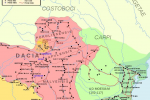
Culture of Romania
Romania has a unique culture, which is the product of its geography and of its distinct historical ...
-
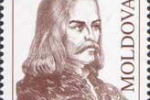
The Middle Ages
Until the 14th century, small states (rom. voievodate) were spread across the territory of ...
-
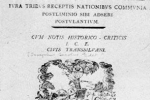
Classical age
In Transylvania, although they formed a majority of the population, Romanians were merely seen as a ...

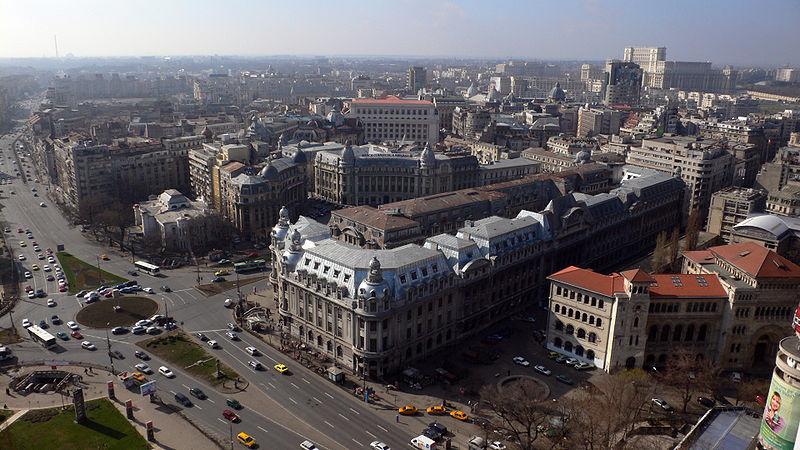
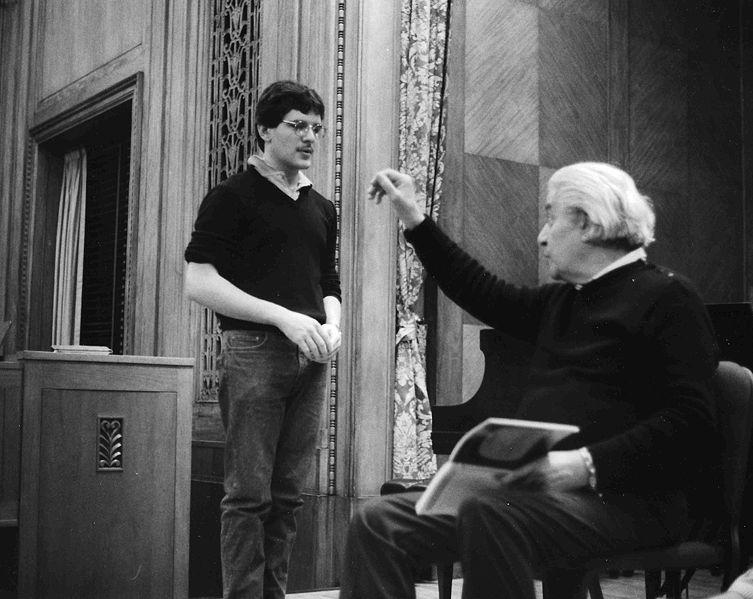
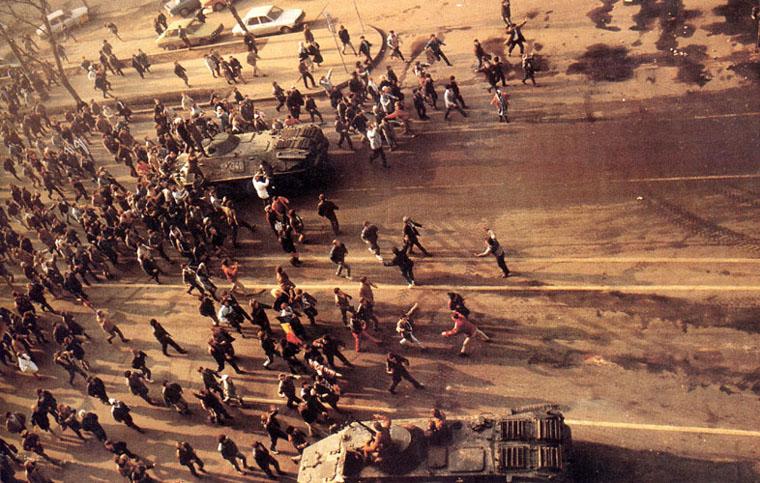








Recent Reviews